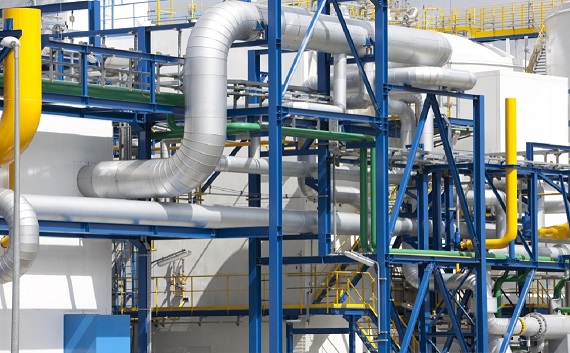Piping Engineering is a specialized discipline of Mechanical Engineering which covers the design of piping and layout of equipment and process units in chemical, petrochemical or hydrocarbon facilities. Piping Engineers are responsible for the layout of overall plant facilities, the location of equipment and process units in the plot and the design of the connected piping as per the applicable codes and standards to ensure safe operation of the facilities for the design life.
Piping can be defined as an assembly of piping components used to convey or distribute process fluid from one item of equipment to another in a process plant. The piping components that form a part of this assembly are pipes, fittings, flanges, valves, piping specials, bolts and gaskets. This definition also includes pipe-supporting elements such as pipe shoes but does not include support structures such as pipe racks, pipe sleepers and foundations. As per ASME B31.3, the piping designer is responsible to the owner for assurance that the engineering design of the piping complies with the requirements of this code and any additional requirements established by the owner. Piping Engineering is a very important aspect of plant facility design and extends way beyond designing piping as per ASME Codes. There are various ASME codes used for piping. Most of the plant facilities in the petrochemical and hydrocarbon industry will use ASME B31.3 code for design of process piping.
Piping Engineering and Design Competencies Piping Engineering broadly involves the following competencies:
- Plant Layout
- Equipment Layout
- Piping Layouts
- Piping Materials
- Piping Support
- Piping Stress Analysis
- CAD or 3D modelling
